This is the part of a blog series. You can read the other posts here…
Close reading is a huge buzzword right now. It seems like we are all throwing the term around, but what does it really mean and how should it affect out classrooms?
I honestly wasn’t sure. I had several followers on Facebook ask questions and all I could do was blink real slow and step away from the keyboard…maybe they wouldn’t noticed if I escaped! Unfortunately, the questions were still there…and so was my ignorance.
So I did what any person of my generation would do: I Googled it!
I had several hits come up- in fact, too many to even think about reading them all. It was very overwhelming.
So I picked and chose from the top two pages of hits. I selected publications and organizations I was familiar with (IRA, Educational Leadership, The Reading Teacher, Timothy Shanahan, and an oddball article I wasn’t familiar with to round it out from the Aspen Institute: Education and Society Program).
I invite you to check out these articles, because I did feel they were pretty eye opening. I quoted A BUNCH from the articles and cited them so you can go back and read them in context if you would like. Here are the direct links to the articles:
So let’s start with the basics….
I liked this simple definition from the Reading Teachers article. It was to the point and correlated with my limited background about close reading.
I thought this definition was a little convoluted, but I liked how it mentioned the teacher’s roles in managing the text and implicitly reinforced the role of the teacher as the practitioner in the classroom.
I thought this point from the Educational Leadership article was also worth noting. So often we hear about integrating elementary school practices into middle and high school…not the other way around. But, I do agree we need to prepare these littles for complex text- because they are capable.
And that is where is all gets hairy. I knew that Close Reading was a buzzword and that there were lots of different ideas about it…but I had no idea HOW much. Before I keep going, let me make it very clear, even these fancy-pansy researchers, educational leaders, and role models don’t agree about Close Reading. That gives little ol’ me about an ice cube’s chance in…well, you get it, I am sure.
So, I am just a teacher doing my best to struggle with all this conflicting information. You wouldn’t know what that is like I am sure? 😉 Please keep that in mind as you read the rest of this….
So, after all this buzz with Common Core and Close Reading and blah blah blah….Charlie Brown’s teacher…
Where does the Common Core talk about Close Reading? Why is it the “next big thing?”
You can find a direct link to the anchor standards
here.
What do YOU think of when you hear “Close Reading?” Has your school or district implemented guidelines for you? Share them in the comments. I will do my best to address them or add them to the discussion in the upcoming posts!
In the next post, scheduled on Wednesday, we will take a look at some of the disagreements and research that contradicts itself. Uh huh. That is right. Even the researchers are disagreeing. As practitioners, we need to be prepared for ALL points of view- in support or not, and be prepared to address them.
We will also start to address coments…if there are any! LOL!
Do you feel like you need more help with reading instruction?
Sign up to have specific tips and strategies send straight to your email for FREE! You can sign up here! Please note, this is an additional, BRAND NEW newsletter that is separate from my blog newsletter. If you want to get these tips, you have to sign up here!
Mandy Gregory is a 2007 and 2012 Teacher of the Year. She has taught Kindergarten- 4th grades in both the general education and inclusion settings. She is currently a 1st grade Special Education teacher. She is the owner and creator of Mandy’s Tips for Teachers website (www.mandystipsforteachers.com) and has over 13 years of teaching experience. She is married with two beautiful children.


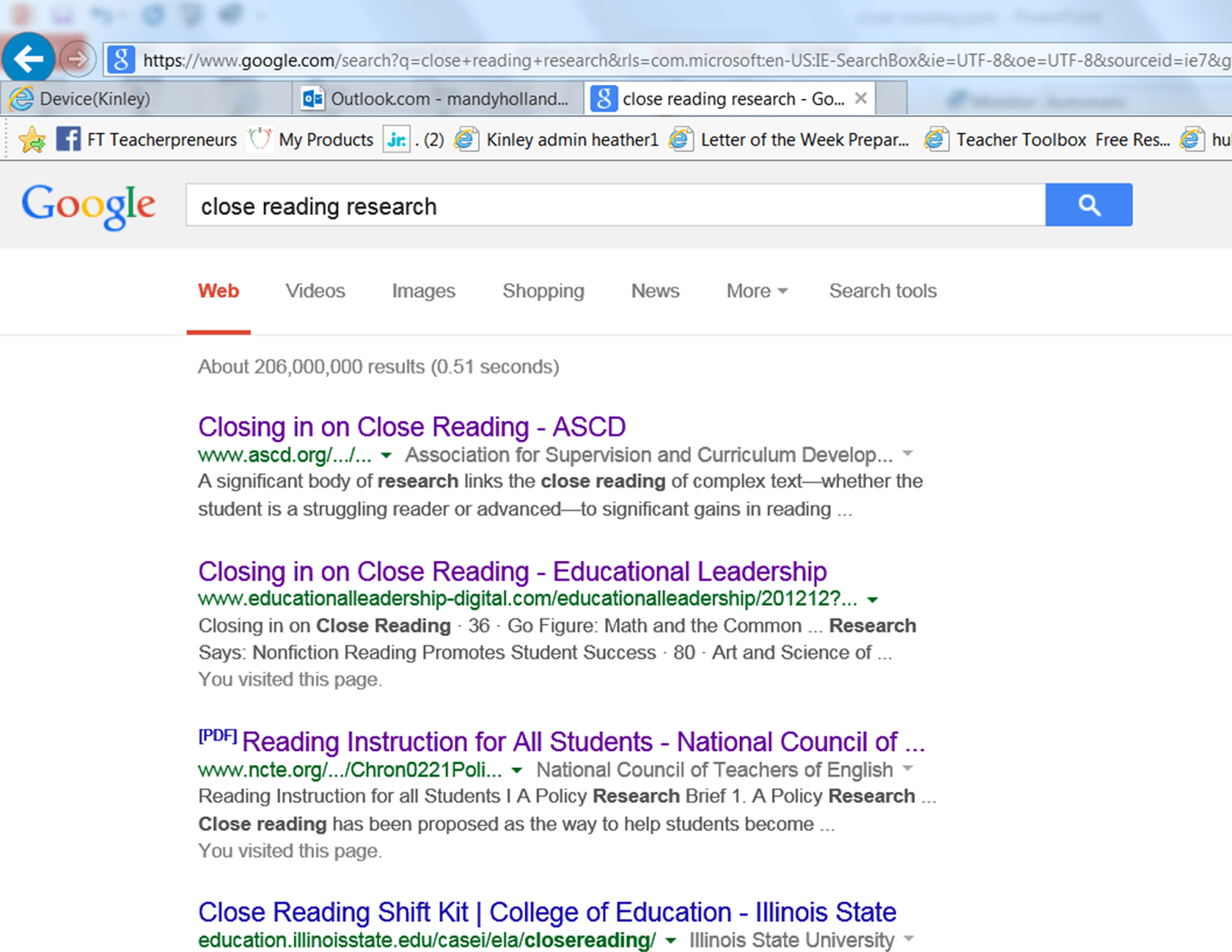
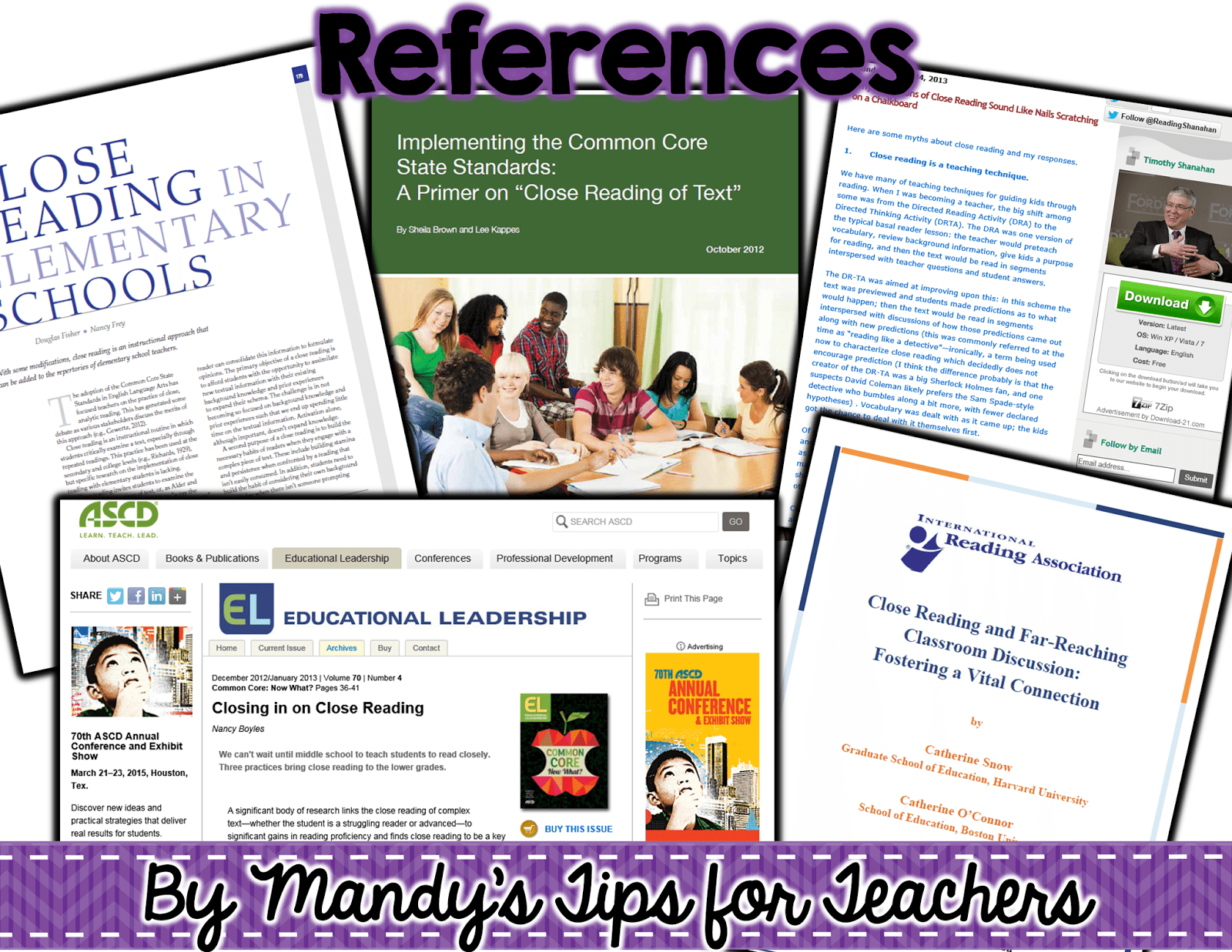


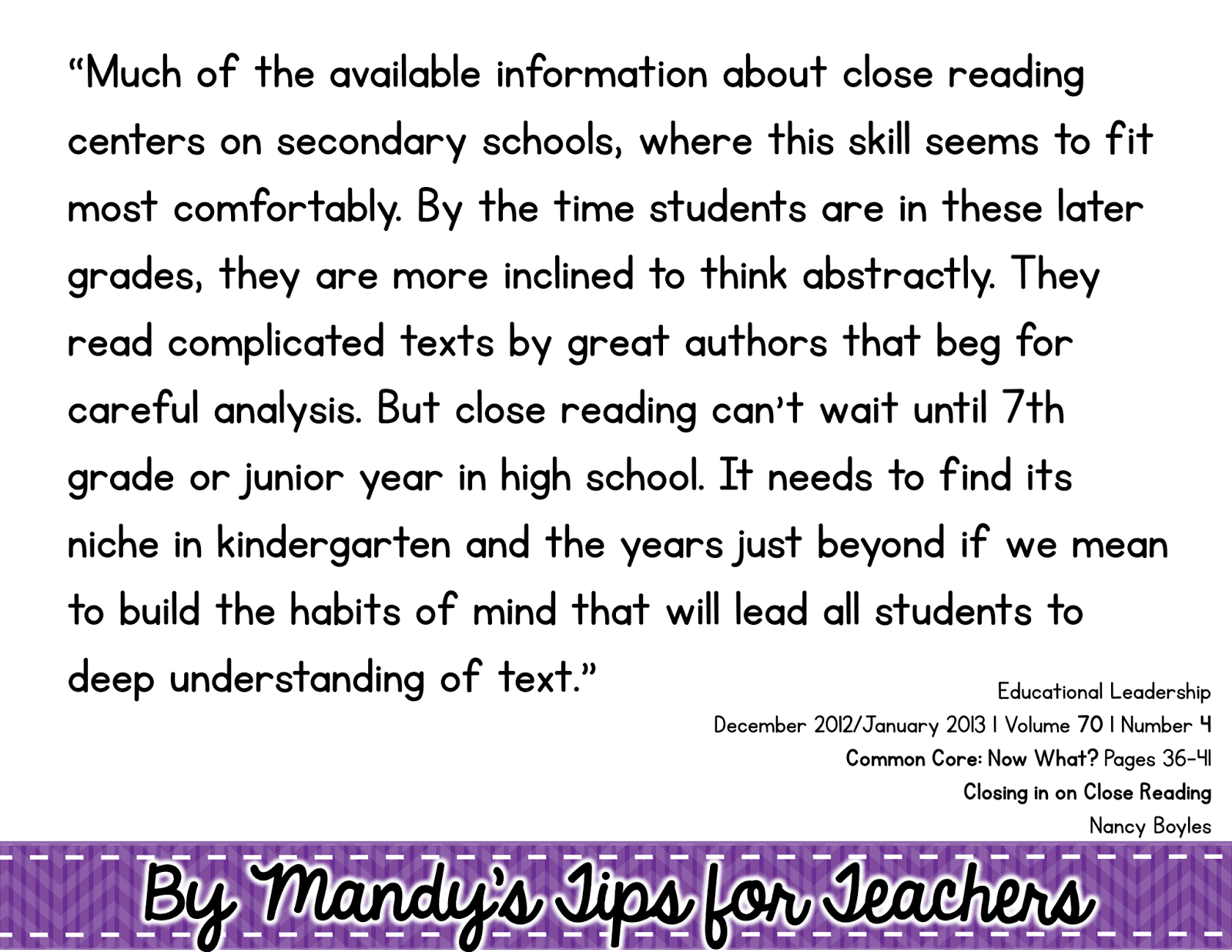

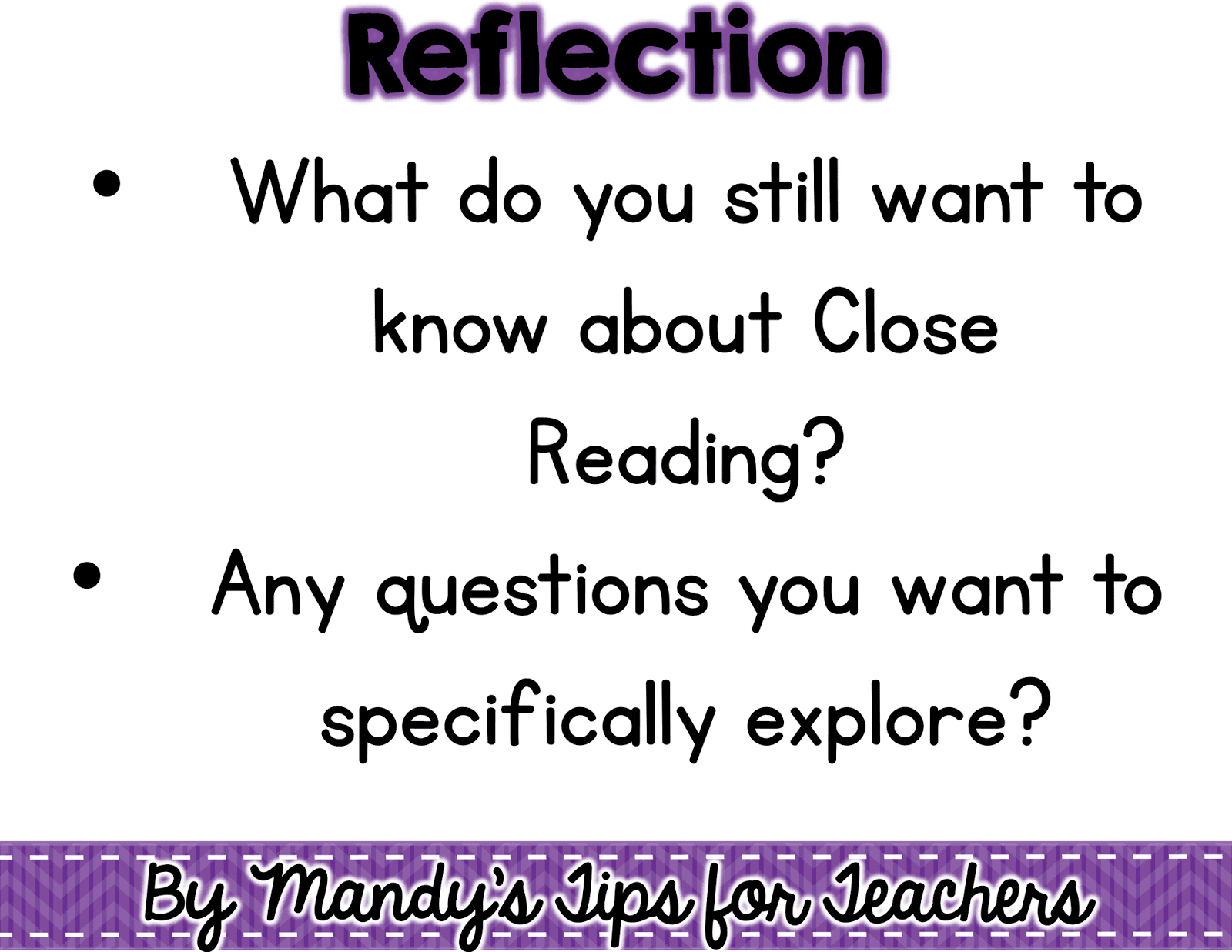

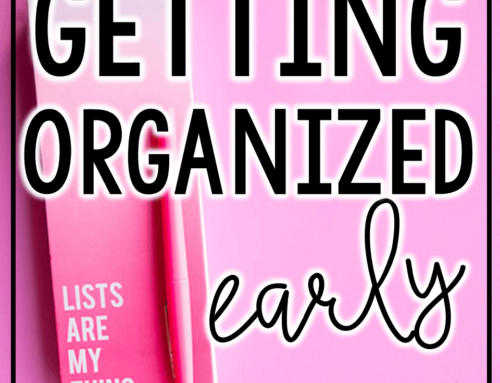

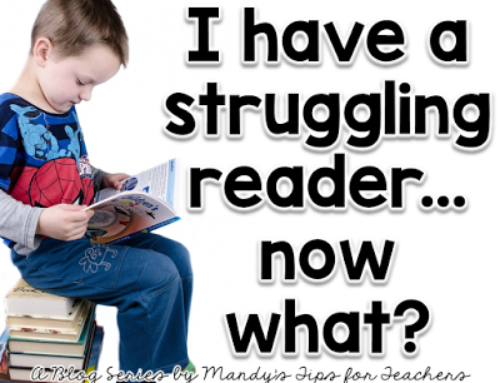
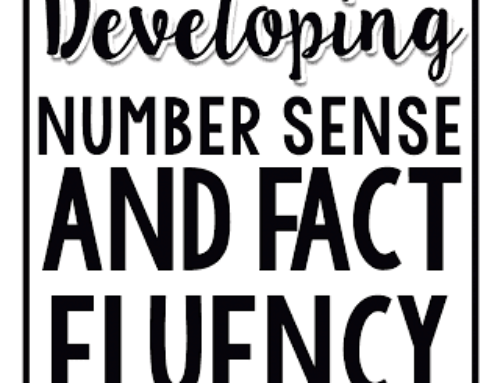

This may be a silly (I know there is no such thing!) question…. But how do you pronounce "close?" Is it close as in that was a close race. Or close as in close the door quietly! I know about cloze reading, so this one seems so similar in the way it sounds.
Thanks.
Close as in "That was a close race." 🙂
Ohhh Patty! Thank you! That is a good question! I bet many people are wondering that- and what is the difference between cloze reading and close reading! On the list for Wed!!!!
Great post! I'm just starting to learn about close reading, and wondering how to do it with low readers. Your research leads me to realize just how huge the concept is!
Sally from Elementary Matters
I admit that I am a but of a close reading "snob", although I think "fundamentalist" has a better connotation. I posted about it a few weeks ago myself! I am happy to see people (including yourself) searching reliable sources to learn more! Kudos! "Notice and Note" is a great read on the topic, btw! 🙂
*bit not but 🙂
Yay! I am so glad you posted, Amanda! I think I might be a bit of a "snob" too, then! LOL! We are going to discuss (I hope you don't mind) your post in another one of these series posts…not the next one (the next one is about the conflicts in the research and how they disagree on activated background!). I REALLY liked this statement you made,"To be clear, close reading is not a glorified worksheet with "close reading" stamped on it. Sadly, I see a lot of this, and it really gets under my skin. Lots of businesses and publishing companies are haphazardly slapping "Close Reading" on resources in the same way that they are slapping "Common Core" onto resources to make a quick buck. Do not be deceived. Just because it says that doesn't make it so… " LOTS. Like bunches. I haven't read Notice and Note yet. I am between books right now, so that is perfect! I really think teachers are struggling with the "how to" close read when it isn't pre-packaged and that is why they are turning to them. I want part of this series to be taking a text and analyzing it as a possbility for close reading in our own classroom AND how we would do it. I think I might have bit off more than I can chew! LOL!
You MUST read Notice and Note. It really is an eye opening book about how we, as elementary school teachers, can really help students critically look at text. It is fantastic, really and truly.
Stephanie
Teaching in Room 6
I gotta read it now, Stephanie! I meant to get it on my Kindle last night, but got sucked into a trashy Regency romance. I don't know what happened… one minute, I am looking at professional text, and the next I am looking at recommendations…for my trashy reading habits! LOL! I am going to pick it up though- especially now if there are TWO recommendations!
Yes! This is perfect. I'm interested in learning how to help struggling readers with close reading.